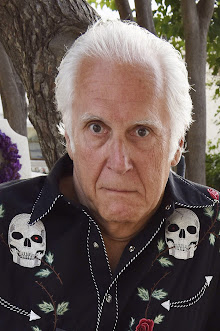| Jan van Riebeeck |
 |
| Van Riebeeck arrives in Table Bay |
In 1497, Vasco da Gama sailed around the Cape to open up the
trade route.
In 1503, Antonio de Saldanha named the area around what is
now known as Cape Town as “Agoada do Saldanha” – The watering place of Saldanha. (People do like to name places after
themselves.)
 |
| Jan van Riebeeck |
In 1620, Englishman, Humphrey Fitzherbert claimed the area
around Cape Town for King James.
King James wasn’t interested.
Before the Europeans came, there was an indigenous population of Khoikhoi people,
sometimes called Hottentots, living in the area around Table Mountain.
Van Riebeeck immediately set about to build a fortification
to protect the Dutch from the Khoikhoi, as well as planting vegetables and
fruit and acquiring meat through barter or hunting. It is also no coincidence that a few months after he
arrived, England and Holland had gone to war, and the DEIC wanted to protect
its investment.
| Van Riebeeck and men meet Khoikhoi |
After naming several small villages after himself,
Riebeeck’s Kasteel and Riebeeck Wes, he left the Cape in 1662 after two
five-year contracts, and eventually died in what is now Jakarta in 1667.
| Shaka kaSenzangakhona |
We only know about the earlier visits to the Cape by
Europeans because they too were bureaucrats, keeping sailing logs and diaries
and records.
None of the indigenous peoples of southern Africa have
similar written records and, for the most part, oral records are sketchy at
best. We know about the great Zulu
or Mtethwa chiefs, such as Dingiswayo or Shaka or Ceteswayo, because of
European records, not indigenous ones.
| Khoi man |
All I hope is that today’s South African children are taught
a more indigenous perspective of their country’s history, although I am not
entirely sure how it could be done.
Stan - Thursday














